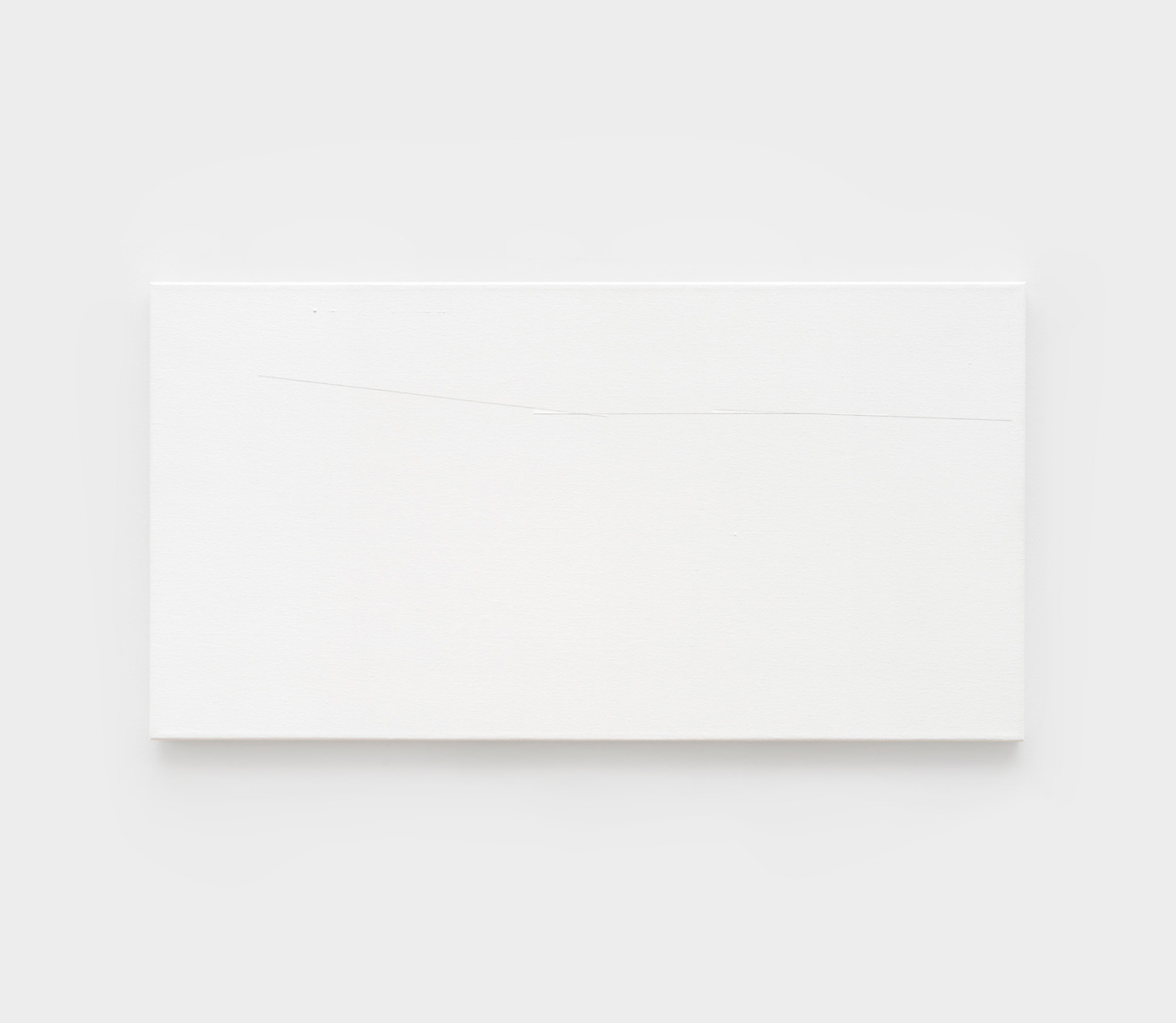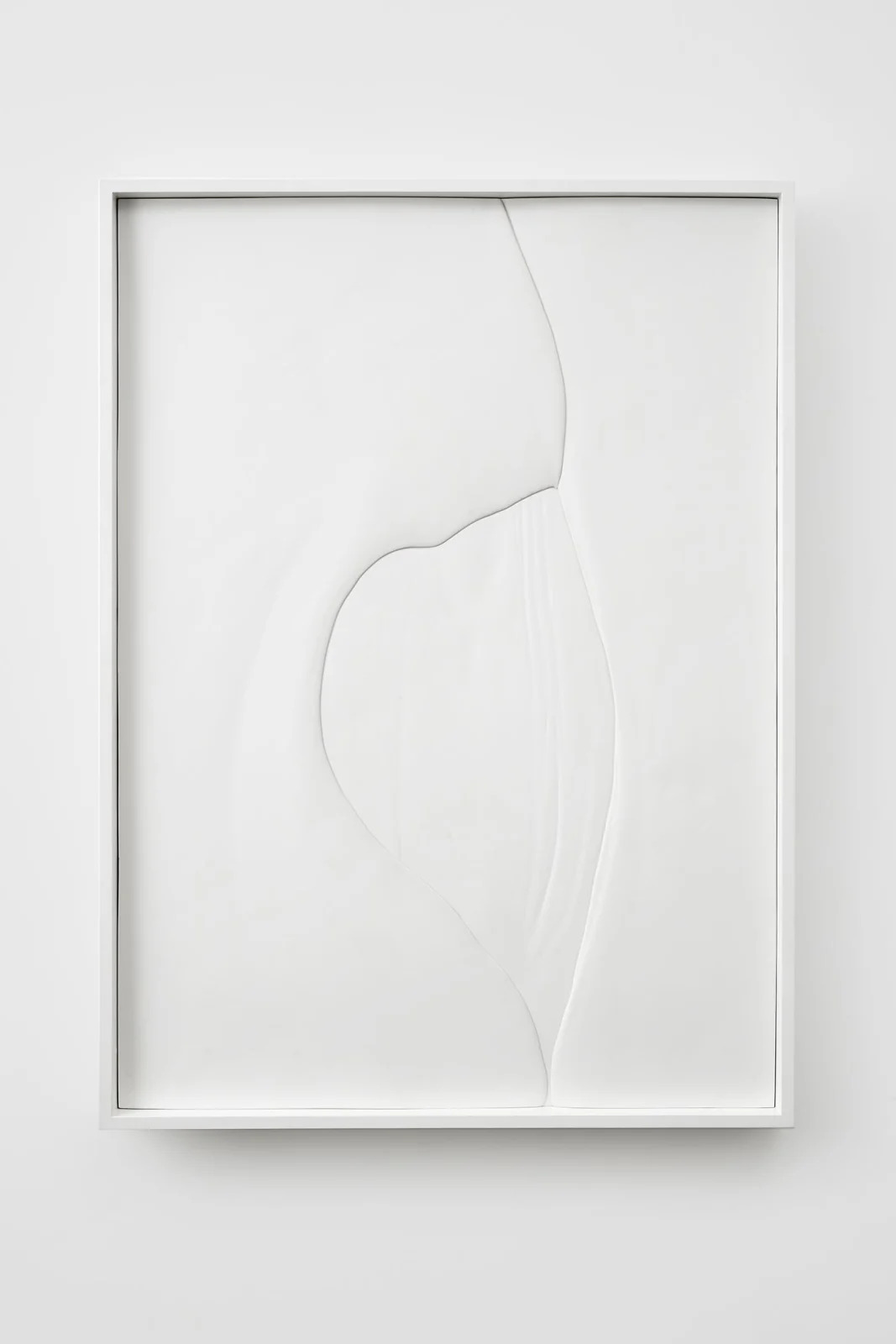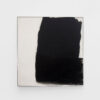There are hardly any works of art that are more controversial than completely white paintings. “What does that mean?” or “Surely my child could have done that, too” are familiar comments on such minimalist art.
In traditional painting, white was used predominantly as a primer, for the depiction of light sources or to add highlights on other colors. Occasionally, white was also used as an expression of symbolic meanings, for example in religious representations, where the color was intended to emphasize the holiness or purity of a figure. But also innocence, spirituality, and transcendence are often associated with white. Today, the color also embodies absolute minimalism and the reduction to the essentials.
However, with the emergence of Modernism and Abstract Art in the 20th century, white paintings became an independent form of artistic expression that consciously broke away from the traditional use of this color. It was a time of change and the search for the new. White thus became a meaningful and conscious means of artistic expression. But what motivated artists to limit themselves solely to this color, and what levels open up in their engagement with it?
White – presence or absence of color?
In color theory, white plays a special role: it is created by the fusion of all colors of visible light and is thus the sum of these colors. At the same time, white represents the missing of color pigments and is therefore also interpreted as the absence of color.
For the Russian avant-garde artist Kazimir Malevich, this absence of color embodied absolute non-objectivity and thus the highest level of abstraction, spirituality, and eternity. With his “White on White” (1918), he left his mark on the Abstract Art scene: a white square tilted slightly at an angle to the right edge of the picture, floats seemingly weightlessly above a white background. Only the subtle differences in the shades of white distinguish the two surfaces from one another. The work is only one of a series of “white on white” works that Malevich created.1
White as an embodiment of silence and spirituality
Beyond the purely visual impact, many 20th-century artists also explored the metaphorical and philosophical connotations of white. A central theme here was the spiritual level reflected in the apparent “stillness” and “purity” of the color.
The best-known representative among these artists was probably the American painter Robert Ryman. He devoted almost his entire artistic output to the study of white. In his monochrome paintings, Ryman used a wide variety of shades of white, thereby exploring their effect on the viewer as well as the subtle differences in texture, materiality, and luminosity. In an interview with Art21, Ryman once emphasized the importance of the color to him, “White has a tendency to make things visible. With white, you can see more nuance; you can see more…” 2


And yes – one of the most fascinating details of looking at white paintings is the fact that they are never really pure white. Depending on the light, texture, environment, and background, the white always reflects and shimmers in different nuances.
The artist Robert Rauschenberg dealt intensively with this subtle variability of color: He created a series of modular canvases that are entirely white, thus capturing the changes in light as well as the random shadow effects of the surrounding space. In doing so, he addresses both the motif of “stillness” and the active inclusion of diurnal light conditions and the viewer’s shadows in his artwork.3
Stillness was also often a central theme in the minimalist paintings of Agnes Martin. Her work was influenced by Zen Buddhism and Chinese Tao philosophy, in which the color white was associated with various spiritual meanings, such as purity, emptiness, or nothingness. Martin always preferred solitude and viewed art as a transcendent experience. Her work “Untitled #16” from 2002 impressively shows how she worked with different subtle nuances of white and how she invites the viewer to engage in the experience of stillness and spirituality.4
Working in white makes people look into it. White is ethereal. There’s a purity to it, it makes things look elevated in a way. There’s a whole palette of white…
Jonathan Milne, paper sculptor
White as space for interpretations and meanings
In contrast to the stillness and emptiness, white also offers space for an infinite wealth of interpretations. The British artist Keith Coventry, for example, used white in his “White Abstracts” to disguise the representational. At first glance, the paintings in his series appear to be simple textured surfaces. Upon closer inspection, however, they reveal complex brushstrokes depicting various images and iconic figures from English history. Here he used white as a symbol of the loss of meaning.5 In Piero Manzoni’s “Achrome,” on the other hand, white represents unmediated materiality and a departure from the traditional use of color in art.
The artist Jo Baer occasionally referred to her white canvases as “light paintings.”6 These works also reveal that white is never simply white. She believed that light emanates from her paintings themselves and radiates into space. The dark border around the canvas intensifies this effect In this way, she created a symbiosis between the artwork and the space.7
Many artists have explored the many possibilities of white in art, experimenting with the boundaries between abstraction, symbolism, and meaning. By reducing it to its seemingly simplest form, they have been able to draw out the most fundamental elements of artistic creation and invite the viewer to engage in an experiential exploration of the color of infinity. So, is white now the presence or the absence of color?
It is far more than a mere color; it constantly opens up new ways to question, redefine, and explore space, material, and meaning. White is therefore both – the presence and absence of a color – and one thing in particular: space for infinite possibilities.
Further Reading / Resources
- https://www.wikiwand.com/en/White_on_White
- https://art21.org/read/robert-ryman-color-surface-and-seeing/
- https://www.rauschenbergfoundation.org/art/galleries/series/white-painting-1951
- https://www.jacksonsart.com/blog/2015/06/16/the-power-of-white-agnes-martin-at-tate-modern/ , https://www.tate.org.uk/visit/tate-modern/display/in-the-studio/artist-rooms-agnes-martin
- https://www.wikiwand.com/en/Keith_Coventry
- https://www.caroldiehl.com/WRITINGS/Writing_features/2.htm
- https://sweetlies.ludwigforum.de/en/baer-2/


